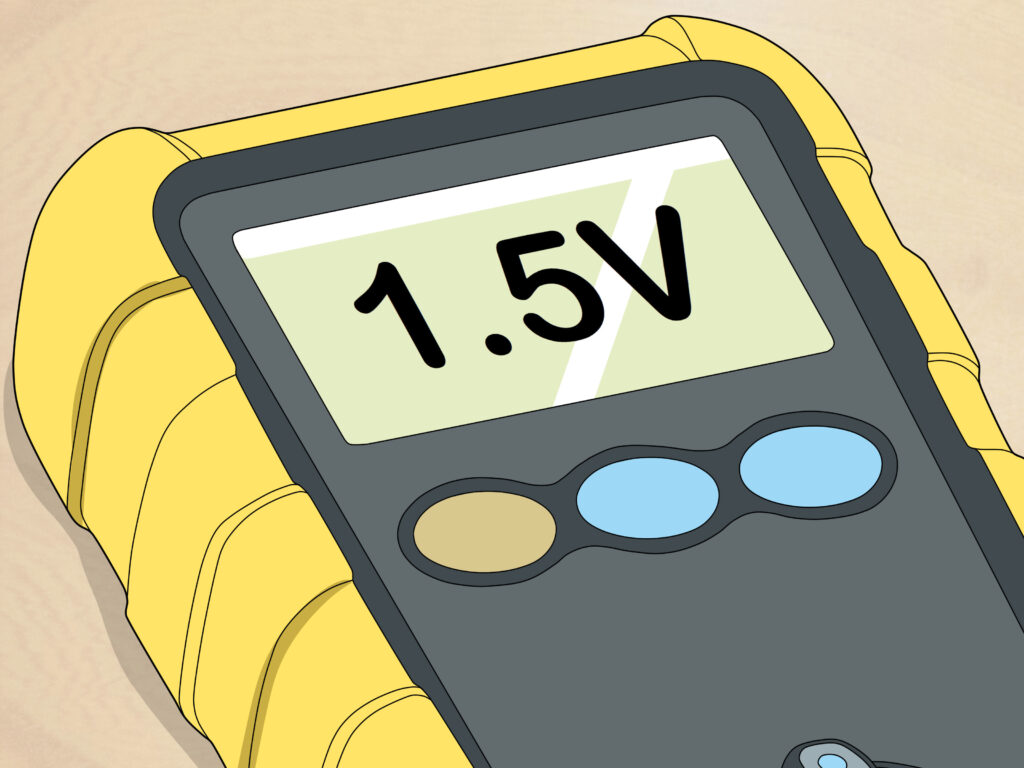Testing a battery is essential to ensure it is in good condition and capable of delivering the required power.
- Voltage Test:
- Use a multimeter to measure the voltage across the battery terminals. A fully charged 12-volt lead-acid battery should read around 12.6 volts. If the voltage is significantly lower, it may indicate a discharged or faulty battery.
- Load Test:
- A load test simulates the actual conditions under which the battery operates. Specialized load testers are available for this purpose. The tester applies a load to the battery, and you monitor the voltage drop. A healthy battery should maintain a voltage above a certain threshold under load.
- Hydrometer Test (Lead-Acid Batteries):
- For traditional lead-acid batteries, you can use a hydrometer to measure the specific gravity of the electrolyte. This provides an indication of the battery’s state of charge. Be cautious with this method, and always follow safety precautions when dealing with lead-acid batteries.
- Conductance Test:
- Conductance testers measure a battery’s ability to conduct electrical current. They are quick and efficient for assessing battery health. Some modern multimeters and dedicated battery testers include conductance testing capabilities.
- Internal Resistance Test:
- High internal resistance can be an indicator of a failing battery. Advanced testers can measure internal resistance to assess the battery’s overall health.
- Voltage Under Load (Starting Batteries):
- For automotive starting batteries, check the voltage while cranking the engine. A significant drop in voltage during cranking may indicate a weak battery.
- Capacity Test:
- This test assesses the battery’s ability to store and deliver a specific amount of energy. It involves discharging the battery at a constant current until its voltage reaches a specified level. The time taken to discharge provides an indication of the battery’s capacity.
- Smart Battery Testers:
- Some modern battery testers are equipped with advanced algorithms and technologies to assess battery health comprehensively. These testers may provide information on state of charge, conductance, and overall battery condition.
- Charging System Test:
- Ensure that the battery is receiving the correct charging voltage from the alternator or charger. A malfunctioning charging system can lead to a discharged or damaged battery.
When conducting battery tests, it’s important to follow safety guidelines and use appropriate tools. Additionally, the specific testing method may vary depending on the type of battery (e.g., lead-acid, lithium-ion) and its intended application (e.g., automotive, deep cycle).


